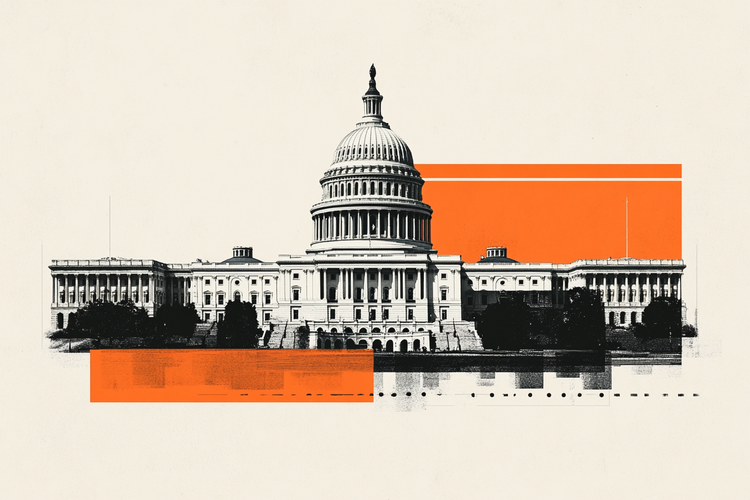Support for Windows 7 ended on January 14, 2020, but since then the Professional and Enterprise editions have continued to receive security patches through the Extended Security Update (ESU) program. Now, on January 10, 2023, support for Windows 7 has ended completely – Microsoft will no longer release any updates, which makes the system officially dead. The same fate befell Windows 8.1, which also completely ceased to be supported.
The end of the life cycle of Windows 8.1 seems logical, since a lot of time has passed since its release, and as of 2022, it has lost almost all popularity. But with Windows 7, the situation is somewhat different – back in July it was ahead of the latest Windows 11, and in December it was only slightly behind it (11.2% versus 16.97%). At least, such data is provided by the analytical portal Statcounter Global.
Microsoft has been urging Windows 7 and 8.1 users to move to supported operating systems (at least Windows 10) for a long time now, as older platforms are vulnerable to hackers who can take advantage of security holes that are forever left in the platforms. In addition, there are other drawbacks to using legacy systems, such as the lack of compatible drivers for the latest devices.
Source: Trash Box
Charles Grill is a tech-savvy writer with over 3 years of experience in the field. He writes on a variety of technology-related topics and has a strong focus on the latest advancements in the industry. He is connected with several online news websites and is currently contributing to a technology-focused platform.







